You won't believe what people used to do with old razors.
10 Old Home Features No One Knows How to Use Anymore
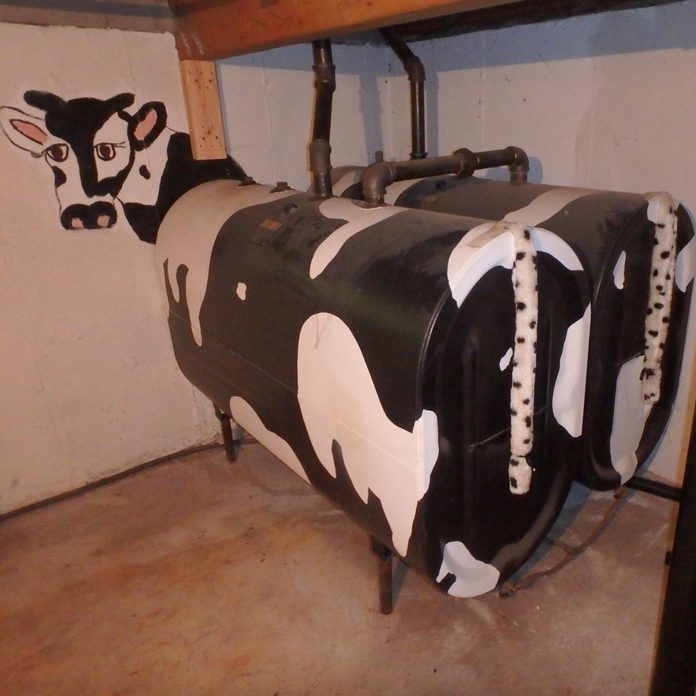
Oil Tanks
Some old houses still use oil to heat the house but they’re increasingly rare. More often people have kept the old tanks in the house like this house but not every decides to get creative with their oil tanks like this. Running out of solutions to heat up that cold room in your house? Try these tips on how to warm up a cold room.
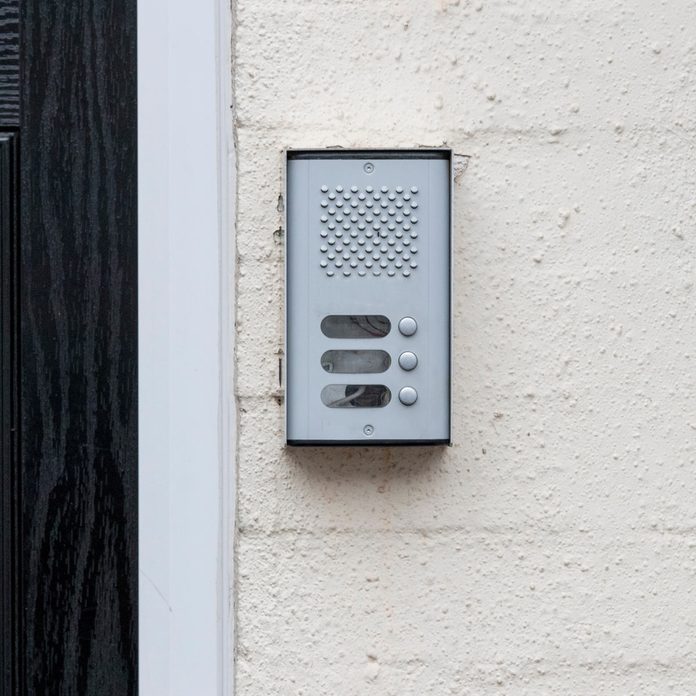
Intercom
Intercoms are still around on old apartment buildings and older homes but few people continue to use them outside of delivery people. Technology has advanced to replace the need for intercoms as people tend to call people on their cellphone before entering a house or people have added one of these smart doorbells.
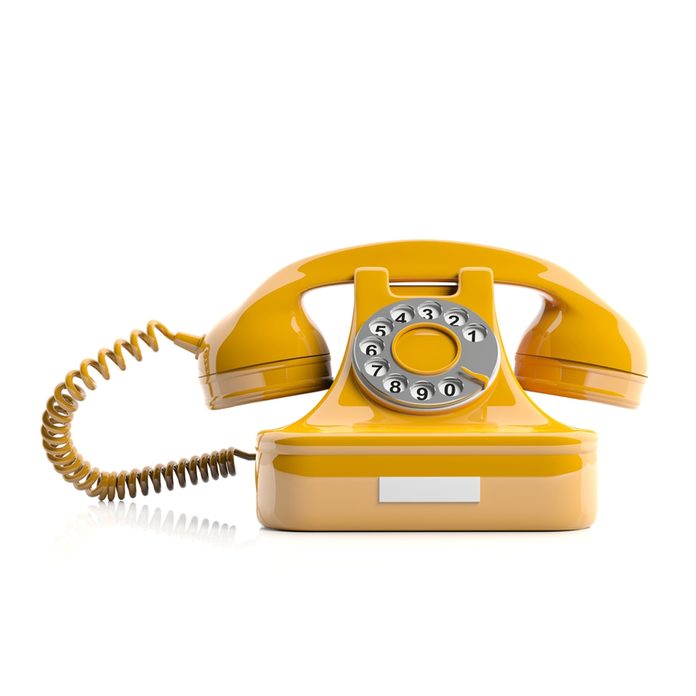
Dial a Rotary Phone
If you were looking up numbers in a phone book, odds are you were picking up your rotary phone and literally dialing, one number at a time, waiting patiently for the rotary dial to slowly make its way back to resting position. Misdialed? Looks like you’d be hanging up and starting over again—there was no “backspace” to be found on those rotary phones we used to rely on. That said, cell phones and modern cordless phones have nothing on the charming, vintage design of a classic rotary model—which is why collectors and decorators still love to buy them for style alone.
Think everyone should remember how to use a rotary phone? Maybe you missed that video of two teenagers trying to figure out how to use a rotary phone.

“Rabbit Ear” TV Antennas
If the only rabbit ears you’re familiar with are the ones you bite off of your chocolate Cadbury bunnies, then you probably weren’t around in the era when TVs still needed their antennas adjusted for clear reception. The twin antennas that topped TVs from their launch in the 1950s until about 2007, when they were phased out, were notoriously frustrating to manipulate. Today, we have built-in digital tuners that often deliver a crystal-clear, HD-quality picture, and rabbit ears have become a virtual relic.
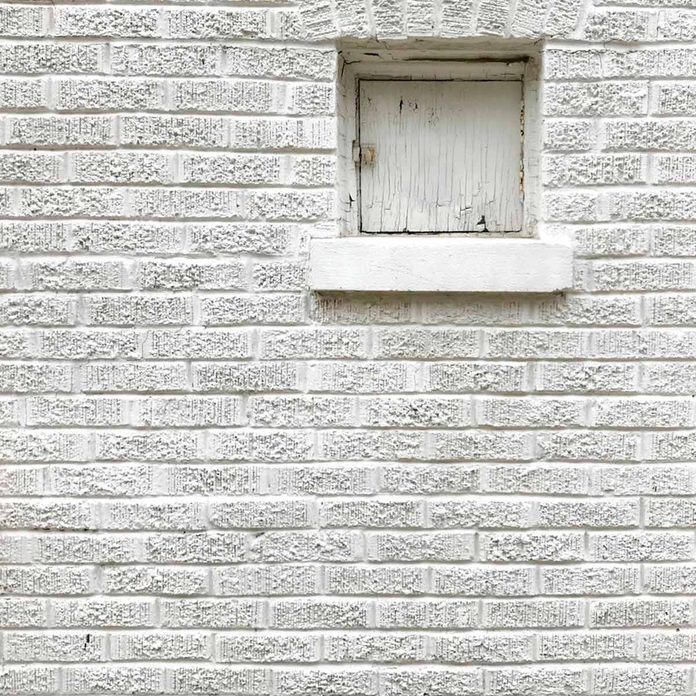
Milk Door
You probably haven’t had milk delivered to your door in a very long time. However, it used to be a common occurrence, with a milk door standard in many homes. The small door was situated on the side of the house, and was used to leave bottles of milk between the walls.
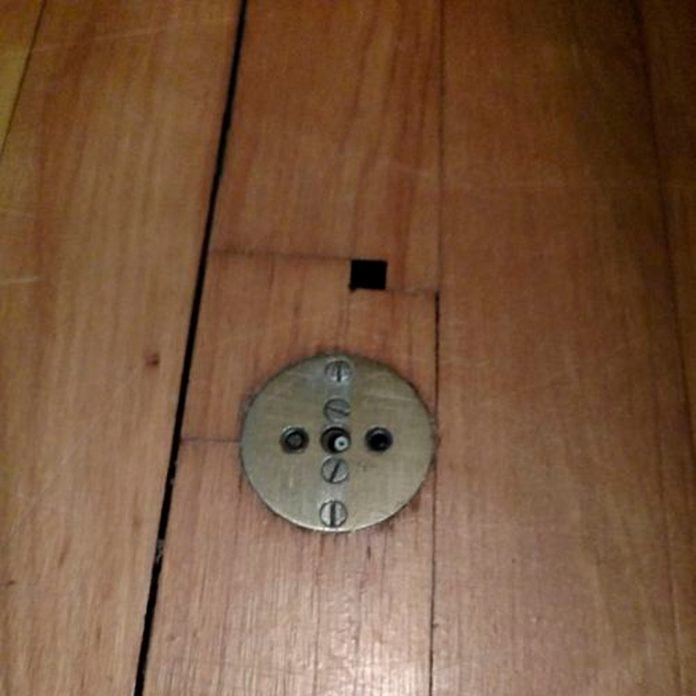
Servant Floor Button
Also known as a butler’s call or ring, a servant floor button was situated in the middle of the floor of the formal dining room. It was used to summon the butler by stepping on it. Today, if an old house has one, it’s likely hidden beneath a rug under the table. You may also want to check out the world’s most enchanting homes you can rent.
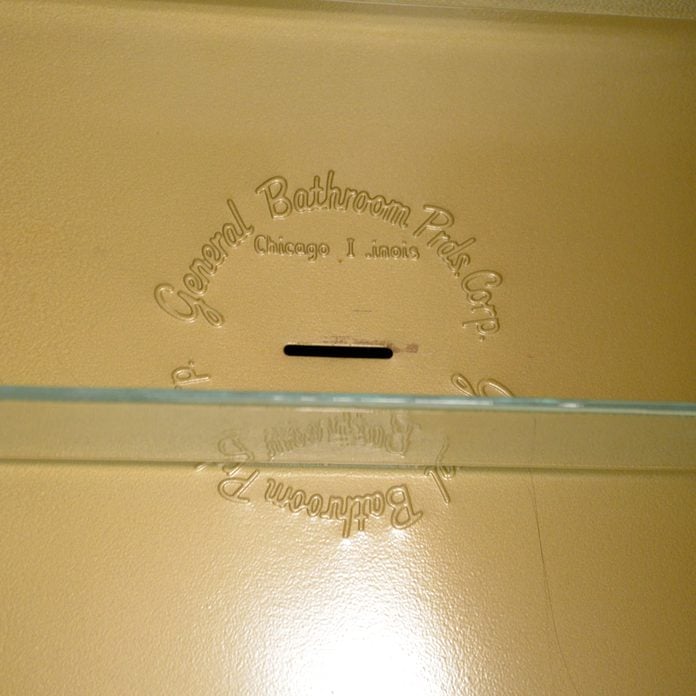
Razor Slit in Medicine Cabinet
Decades ago, medicine cabinets had a tiny slit to dispose of old razors. Where might those dirty razors go? Nowhere, really. They merely went into the wall. Out of sight, out of mind! This medicine cabinet is built from solid wood and quality hardware and it even has a hidden compartment!
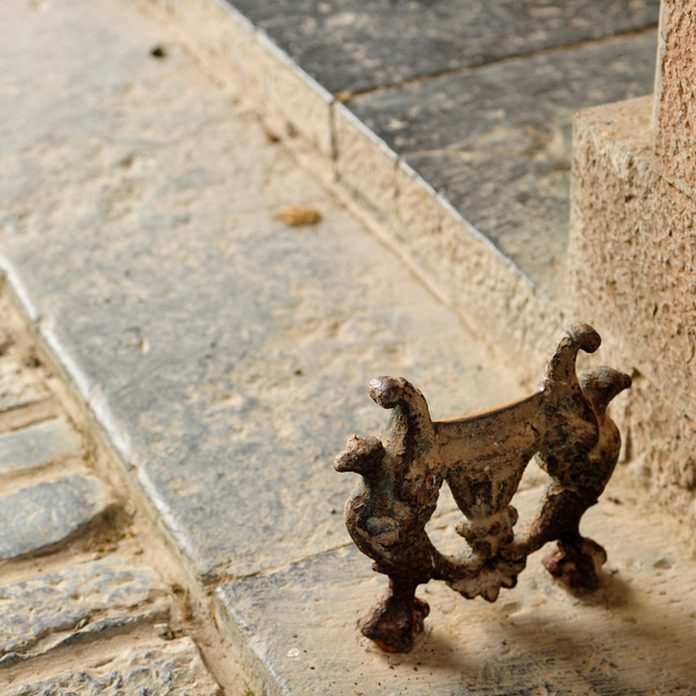
Boot Scraper
If you’ve ever walked up to someone’s front door and seen a strange ground-level cast-iron contraption, it’s a boot scraper! Known as a “decrottoir” in French, which refers to the need to remove excrement (yuck), boot scrapers popped up in the 18th and 19th centuries alongside the invention of walking paths. With modernism came less mud (as well as dog, human, horse and pig excrement) on the streets, and so the boot scraper declined in necessity and popularity. Build this handy boot scraper yourself in less than two hours.
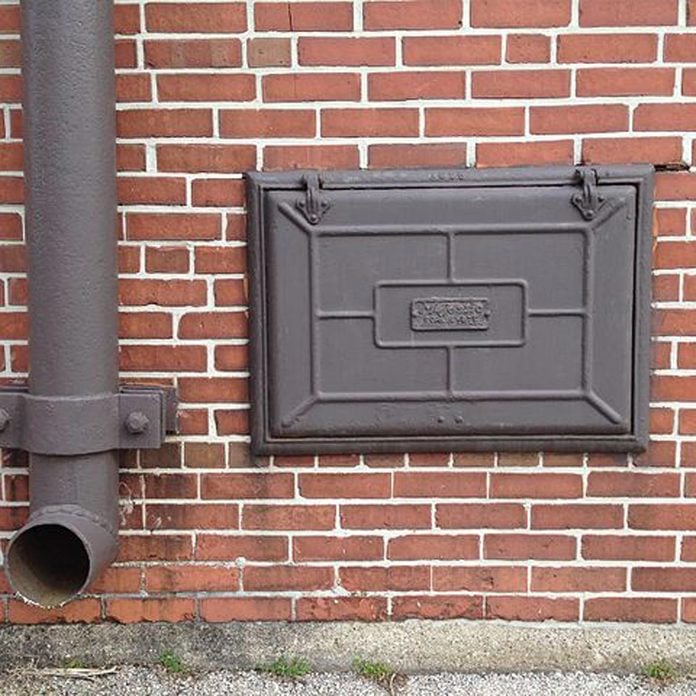
Tiny Iron Door Leading to the Basement
While natural gas is heating fuel of choice for many people today, up until around 1940, most families heated their homes by burning coal. Do you need a furnace? Here’s what you need to know.
Coal deliverymen traveled door-to-door to provide people the fuel they needed to power their furnace. They shoveled coal through the small door and down the chute into the basement. Once in the basement, homeowners could shovel the coal directly into the furnace. Today, most of these chutes have been sealed, though you will often still see the iron doors on older homes. What was once a necessary, functional part of the house is now a great conversation starter and history lesson.
By the way, did you know about some old homes having beds in the ceiling?
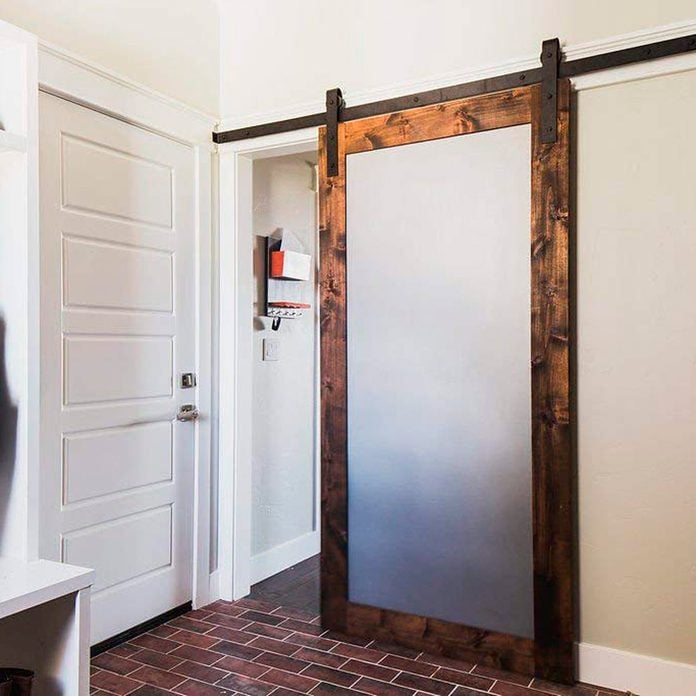
Ice Door
Are you puzzled by the funny little door in your home’s pantry? This is an access door the ice man used to use. Homes had an area in the pantry or kitchen dedicated to the ice box. Access was created for this door on the exterior, allowing for delivery of fresh ice to the house without coming inside. Here’s why old homes have a tiny iron door leading to the basement.